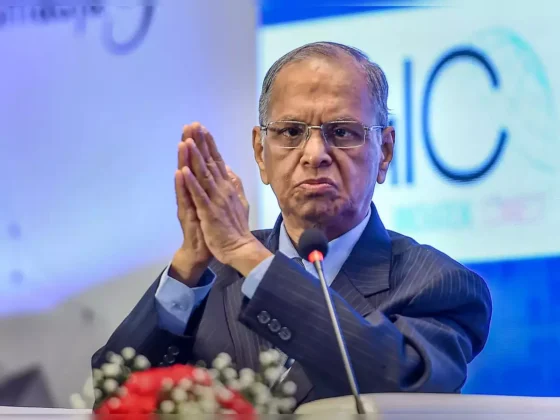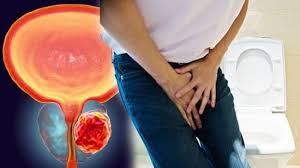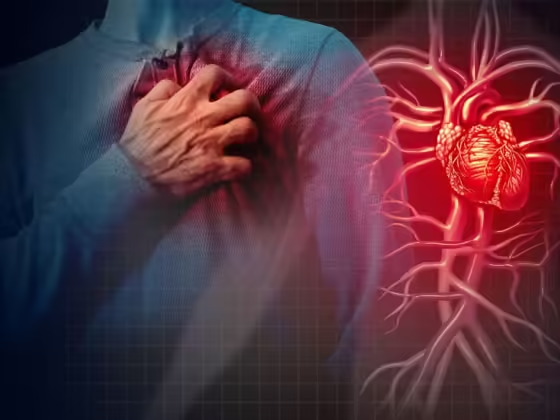Discover the significance of relaxation and its positive impact on stress reduction and overall health
In a fast-paced world marked by stress and mental health concerns, the need for relaxation has become more crucial than ever. According to a study published in 2020, stress, anxiety, and depression affect a significant portion of the population. Understanding the benefits of relaxation techniques is essential for promoting mental and physical well-being.
Embracing the Healing Power of Relaxation
Relaxation techniques offer a range of benefits, including reducing muscle tension, preventing wear and tear on the body, and minimizing the impact of stress-related conditions such as depression, anxiety, and schizophrenia. Research from the University of Sydney highlights the therapeutic effects of relaxation therapy, promoting physiological and psychological equilibrium. Regular practice of relaxation techniques can contribute to disease prevention, shorten the duration of illness, and enhance the quality of sleep.
Exploring Effective Relaxation Techniques
Breathing exercises are one of the simplest and most accessible relaxation techniques. They improve cardiovascular health, lower blood pressure, and activate the vagus nerve, which reduces the body’s stress response. Deep breathing exercises also enhance attention span, making them beneficial for overall well-being.
Savasana, a relaxation pose commonly practiced in yoga, aims to rejuvenate the body, mind, and spirit. By allowing the entire body to rest and releasing tension in the muscles and joints, individuals can experience a state of deep relaxation and tranquility.
Meditation has been found to decrease autonomic parameters, inducing a state of calmness and serenity. Tai chi, a gentle and flowing form of exercise, strengthens muscles, improves flexibility, and enhances balance.
Tailoring Relaxation Techniques with Professional Guidance
Physical therapists often recommend relaxation techniques tailored to the specific needs of patients. Jacobson’s relaxation technique, also known as progressive muscle relaxation, focuses on sequentially tightening and relaxing specific muscle groups. This method can be effective for achieving whole-body relaxation and is best performed under the guidance and supervision of a physical therapist.
It is important to consult a healthcare professional before embarking on any relaxation technique to ensure its suitability and avoid potential complications.











